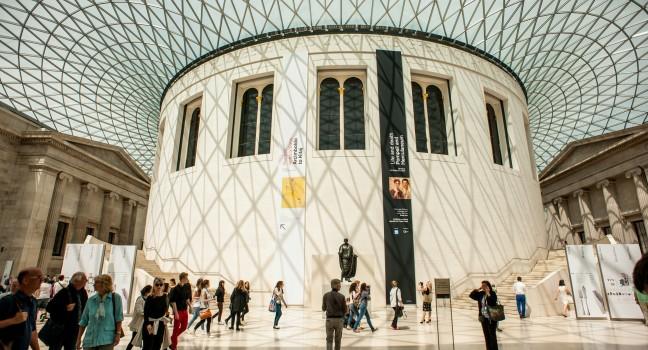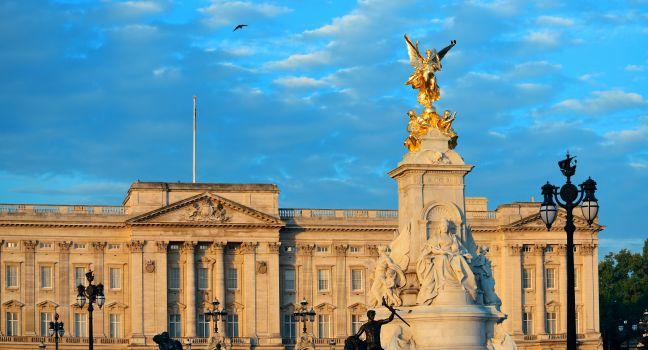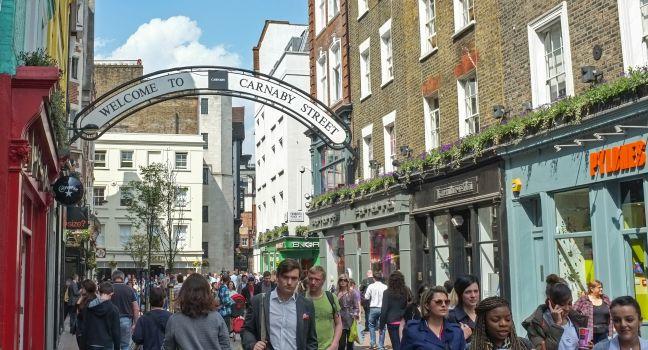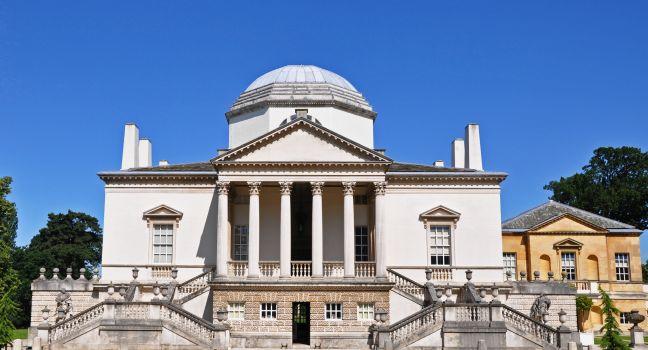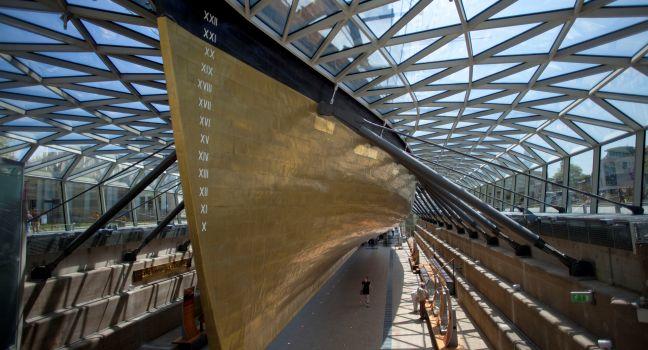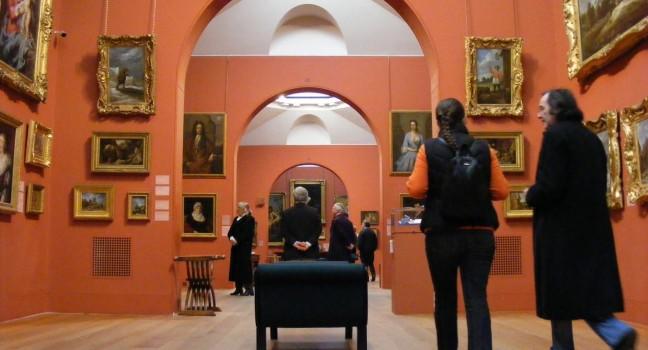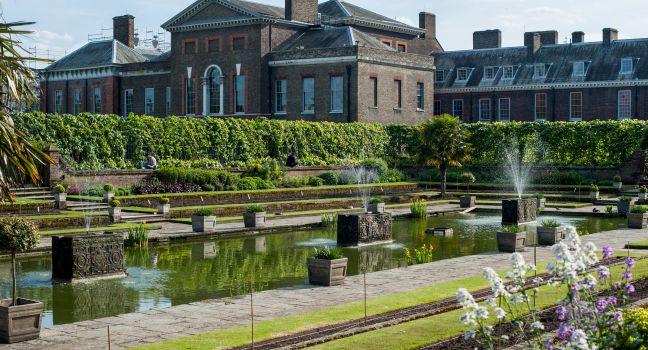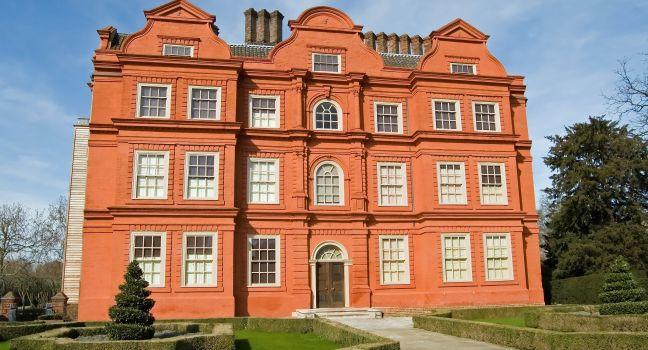Apsley House

Apsley House was built by Robert Adam in the 1770s and was bought by the Duke of Wellington two years after his famous victory over Napoléon at the Battle of Waterloo in 1815. Long known simply as No. 1, London, on account of its being the first mansion at the old tollgate from Knightsbridge village, the Duke's old regency abode continues to look quite grand. Victory over the French made Wellington the greatest soldier and statesman in the land. The so-called Iron Duke lived here from 1817 until his death in 1852, and, although the 7th Duke of Wellington gave the house to the nation, the family retained some residential rights.
As you'd expect, the mansion has many uniforms and weapons on display, but it also houses a celebrated art collection, the bulk of which was once owned by Joseph Bonaparte, onetime King of Spain and older brother of Napoléon. With works by Brueghel, van Dyck, and Rubens, as well as the Spanish masters Velázquez and Murillo (note the former's famous portrait of Pope Innocent X), the collection also includes a Goya portrait of the duke himself on horseback. An 11-foot-tall statue of a nude (fig-leafed) Napoléon looms over you as you approach the grand central staircase. The statue was taken from the Louvre and given as a gift to Wellington from the grateful British government in 1816.
